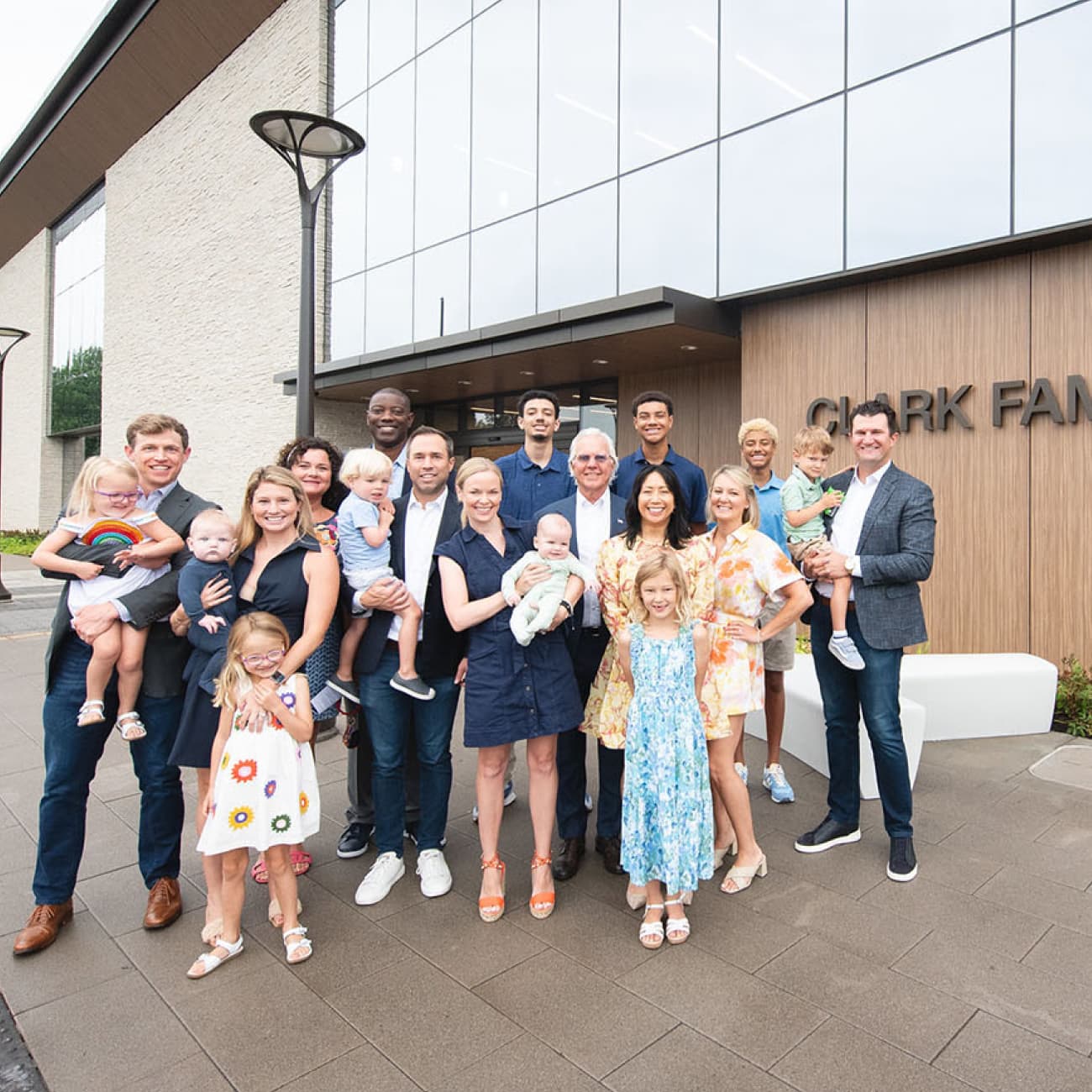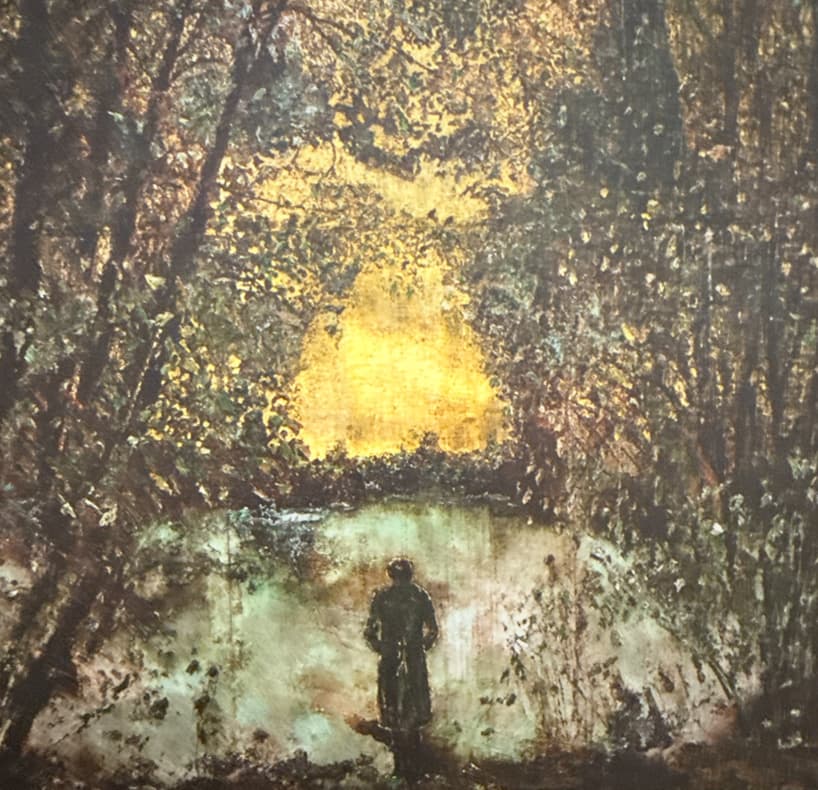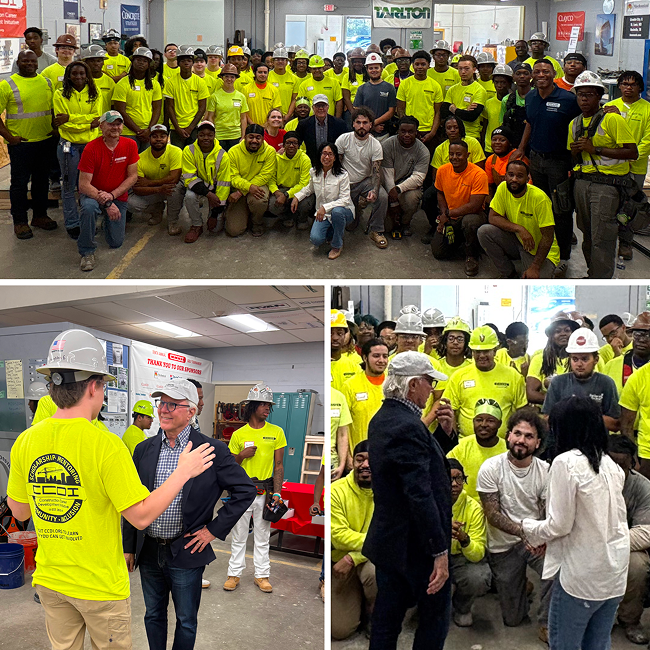The Lesser-Known Reality of Rare Disease

Memorial at the Ellen S. Clark Hope Plaza, Washington University School of Medicine.
The pandemic has demonstrated a lot of things about the medical community and the reality of disease in this day and age. For one thing, when something like COVID affects the entire global population, all hands are on deck in figuring this thing out. There is no end to the necessary resources like time and the energy of the greatest minds in the scientific community. Many of us can see the value of putting so much into solving one of the most difficult challenges of our time.
However, when disease affects far fewer people, it is difficult to get the necessary resources and media attention that will help combat the disease. This is the case for the 300 million people living with one or more of 6,000 rare diseases. By some estimates, rare disease affects 3.5% - 5.9% of the population and many of those affected are lacking the support that they need.
Today, February 28, is Rare Disease Day. The goal of an official day like this is to give everyone affected by a rare disease equal access to diagnosis and treatments, and to raise awareness about the difficulties experienced by many families. When there’s little or no information about a cure due to the rarity of a disease, it makes the diagnosis even harder to hear.
The reason I’m writing about this is because rare disease became very personal to me when my wife, Ellen, was diagnosed with a rare disease, cerebroretinal vasculopathy (CRV), in 2005. She lived bravely with CRV for five years, but I also remember how difficult it was for our family.
The first difficulty was getting the diagnosis in the first place. For many months, things were going wrong that had no explanation. There were so many appointments, tests, scans, you name it. Doctors were sure something was up, but no one knew exactly what. Finally, after two years of strange symptoms with no apparent cause, we received the agonizing news that Ellen had a rare disease that had only recently been discovered. What was even more brutal is that we realized her father had died of the exact same disease about 15 years earlier, before anything was known about it.
There were of course, many other difficulties during the five years of Ellen’s decline, not the least of which was knowing there was no cure. But my family was also very lucky to have the support of caring doctors and the Washington University School of Medicine in St. Louis. We were treated so well, but I know that not everybody has the same experience. This is why it is so important to raise awareness about rare disease.
I understand that for many of you, rare disease has not touched your family and probably never will. But there is still a good chance it will affect at least one or more people that you know personally, if it has not already. It can be hard to know what to say or what to do in these situations, but I think the best place to start is to listen to and read the stories of people who are affected. This is the best way to get answers about what you should say or how you could help.
This piece in the New York Times has four incredible first-hand stories about living with a rare disease. But you can also get involved in the efforts to advance medical knowledge and support for families impacted by rare disease. There are many organizations that could use any type of support you have, such as the National Organization for Rare Disorders, Rare Disease Day, or even my son Shawn’s organization, Illumination, that he founded in the wake of our family’s experience.
Thank you all for your continued care and support of the things we are working to advance as a community.
We’re all in this together.






.avif)



